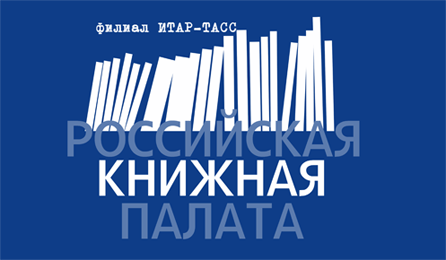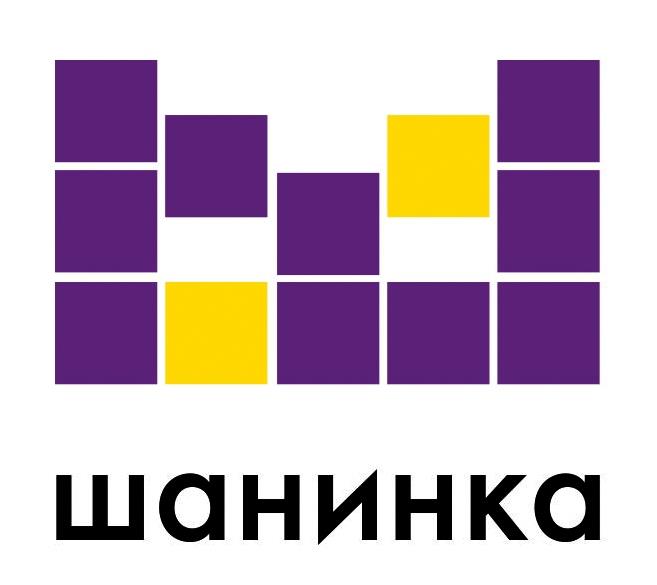Loginov D. M. Russia’s rural population: Subjective well-being and social-economic practices // The Russian Peasant Studies. 2024. V.9. №2. P. 180-196.
DOI: 10.22394/2500-1809-2024-9-2-180-196
Annotation
Based on the data of the representative sociological survey conducted by the Institute of Social Analysis and Forecasting in 2023, the author considers indicators of subjective well-being and life practices of Russia’s rural population. The relevance of the suggested analysis is determined by the scale of territorial and settlement differentiation in living standards and by the current social-economic risks of decreasing well-being. The author focuses on various aspects of life satisfaction and on the ideas about their dynamics, consumer and credit-savings behavior and features of rural social interactions. The survey results show a generally favorable situation regarding the villagers’ life satisfaction, but the problem zone is possibilities of getting qualified medical help. In the emotional perspective, two thirds of villagers see opportunities for self-realization, while a half regularly feel anxiety and depression, and every tenth suffers from them the most. The important feature of consumer behavior is that half of rural population is forced to shop at minimum prices. More than half of rural respondents use the Internet for consumer practices, and every fifth does it very actively. Some villagers ensure the acceptable quality of life with credits and savings, and there is a significant group of financial risk. The majority considers as the main source of support their “close social circle” since there are extremely low expectations from institutions — both state and public.
Keywords
Rural population, rural territories, subjective well-being, social well-being, standard of living, quality of life, social-economic behavior, social-economic practices, life satisfaction, consumption, social interactions.
About the author
Dmitry M. Loginov, PhD (Economics), Senior Researcher, Institute of Social Analysis and Forecasting, Russian Presidential Academy of National Economy and Public Administration. Prechistenskaya Nab., 11, bldg. 1, Moscow, 119034, Russia.
E-mail: This email address is being protected from spambots. You need JavaScript enabled to view it.
The article was submitted on 07.03.2024.
Rural-urban migration in contemporary Russia through the prism of quantitative and qualitative analysis
Jul 20 2024Kartseva M. A., Mkrtchyan N. V., Florinskaya Yu. F. Rural-urban migration in contemporary Russia through the prism of quantitative and qualitative analysis // The Russian Peasant Studies. 2024. V.9. №2. P. 153-179.
DOI: 10.22394/2500-1809-2024-9-2-153-179
Annotation
The authors consider the Russian rural-urban migration, focusing on its current trends. The migration loss of rural population has decreased slightly; however, the outflow from rural areas depends on multidirectional processes in suburbs and peripheral villages. According to the Russian Federal State Statistics Service, rural periphery continues to experience a strong migration decline, while the suburban village rapidly grows due to migration. Based on the microdata of the sociological survey “People, family, society” conducted by the INSAP RANEPA in 2023 and econometric techniques, the authors examined rural-urban migration as related to the labor market and income. The article shows that individual decisions to move from rural to urban areas are rational and economically justified, since such a migration improves one’s position in the labor market, increases wage and per capita income. The identified motives for migration from rural to urban areas and its social-economic drivers were confirmed by a series of in-depth interviews conducted in the summer of 2023.
Keywords
Rural area, rural population, cities, rural-urban migration, employment, wage, income.
About the authors
Marina A. Kartseva, PhD (Economics), Deputy Head of the Institute for Science, Russian Presidential Academy of National Economy and Public Administration, Prosp. Vernadskogo, 82, Moscow, 119571, Russia.
E-mail: This email address is being protected from spambots. You need JavaScript enabled to view it.
Nikita V. Mkrtchyan, PhD (Geography), Senior Researcher, National Research University Higher School of Economics; Institute for Science, Russian Presidential Academy of National Economy and Public Administration, Prosp. Vernadskogo, 82, Moscow, 119571, Russia.
E-mail: This email address is being protected from spambots. You need JavaScript enabled to view it.
Yulia F. Florinskaya, PhD (Geography), Senior Researcher, Institute for Science, Russian Presidential Academy of National Economy and Public Administration; National Research University Higher School of Economics, Prosp. Vernadskogo, 82, Moscow, 119571, Russia.
E-mail: This email address is being protected from spambots. You need JavaScript enabled to view it.
The article was submitted on 16.02.2024.
Pavlyukevich R.V., Vasyutin I.A. Dynamics of the number of labor resources in the Krasnoyarsk Region agriculture under N.S. Khrushchev’s transformations // The Russian Peasant Studies. 2020. V.5. №4. P. 131-141.
DOI: 10.22394/2500-1809-2020-5-4-131-141
Annotation
The article considers the impact of Khrushchev’s reforms on the dynamics of the number of the able-bodied population in rural areas of the Krasnoyarsk Region. During the period under consideration, there were two contradictory trends in the Krasnoyarsk Region. On the one hand, under the virgin-land campaign, there was an inflow of immigrants from other regions of the Soviet Union. According to some researchers, this planned wave of immigrants significantly improved the situation in the Krasnoyarsk Region agriculture and partially solved the problem of shortage of workers, which was determined by the campaign for the introduction of virgin and fallow lands into agricultural circulation. On the other hand, urbanization continued, including the large-scale industrial development of the region, which needed an inflow of the able-bodied population to its cities. As in other regions of the country, the main donor of the able-bodied population for the industry was the village. Thus, Khrushchev’s transformations determined a paradoxical situation: the village was receiving new labor resources and at the same time was losing population that moved to the cities with the industrial facilities. The inflow of new population into the village could not compensate for the loss of labor resources in agriculture.
Keywords
labor resources, modernization, rural population, urban population, Krasnoyarsk Region, N.S. Khrushchev’s reforms
About the authors
Pavlyukevich Ruslan V., PhD (History), Associate Professor, Department of History and Political Sciences, Krasnoyarsk State Agrarian University. 660012, Krasnoyarsk, Semaphornaya St., 189a.
E-mail: This email address is being protected from spambots. You need JavaScript enabled to view it.
Vasyutin Ivan A., Master's Student, Department of General History, Siberian Federal University. 660041, Krasnoyarsk, Svobodny Pr., 79.
E-mail: This email address is being protected from spambots. You need JavaScript enabled to view it.





















